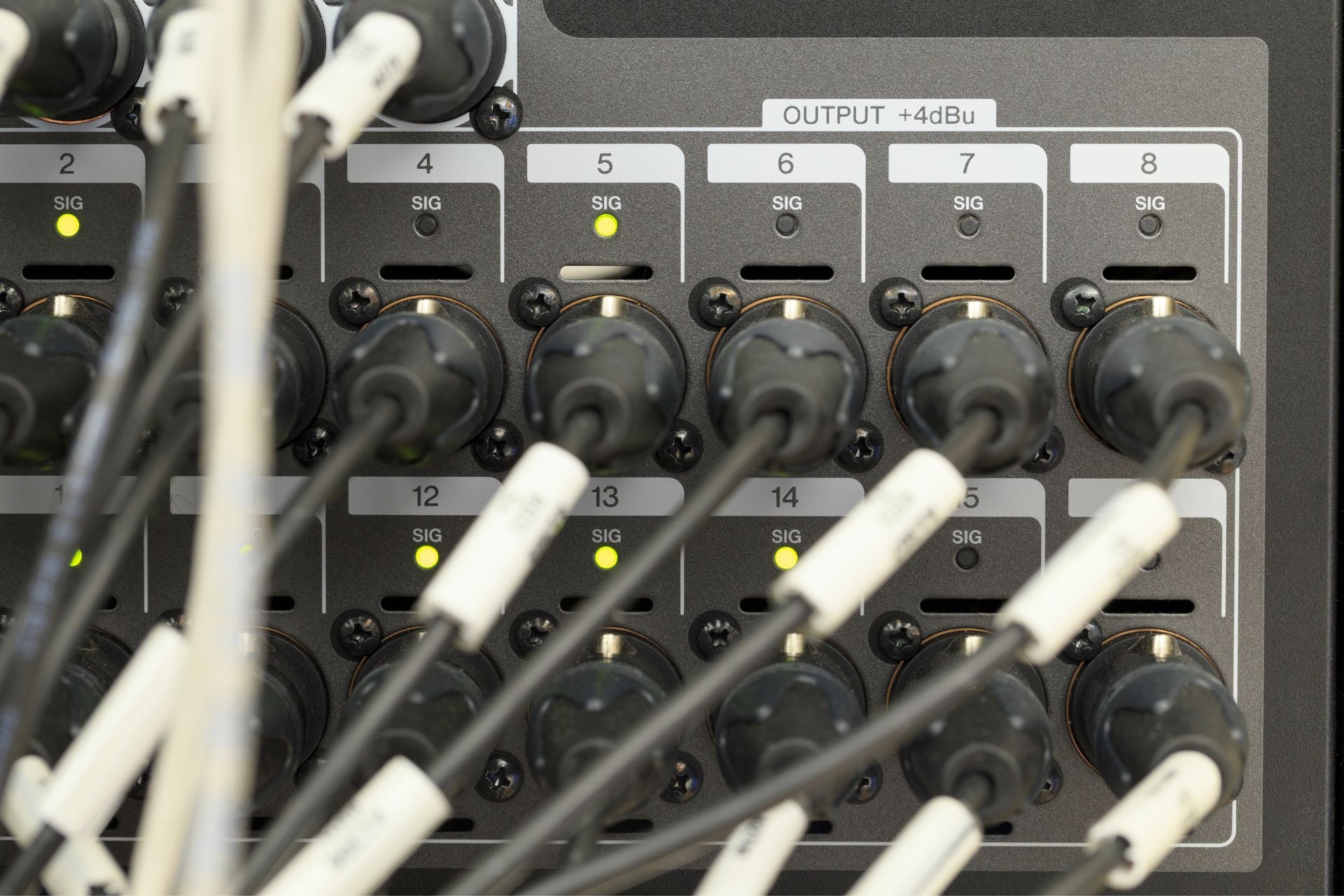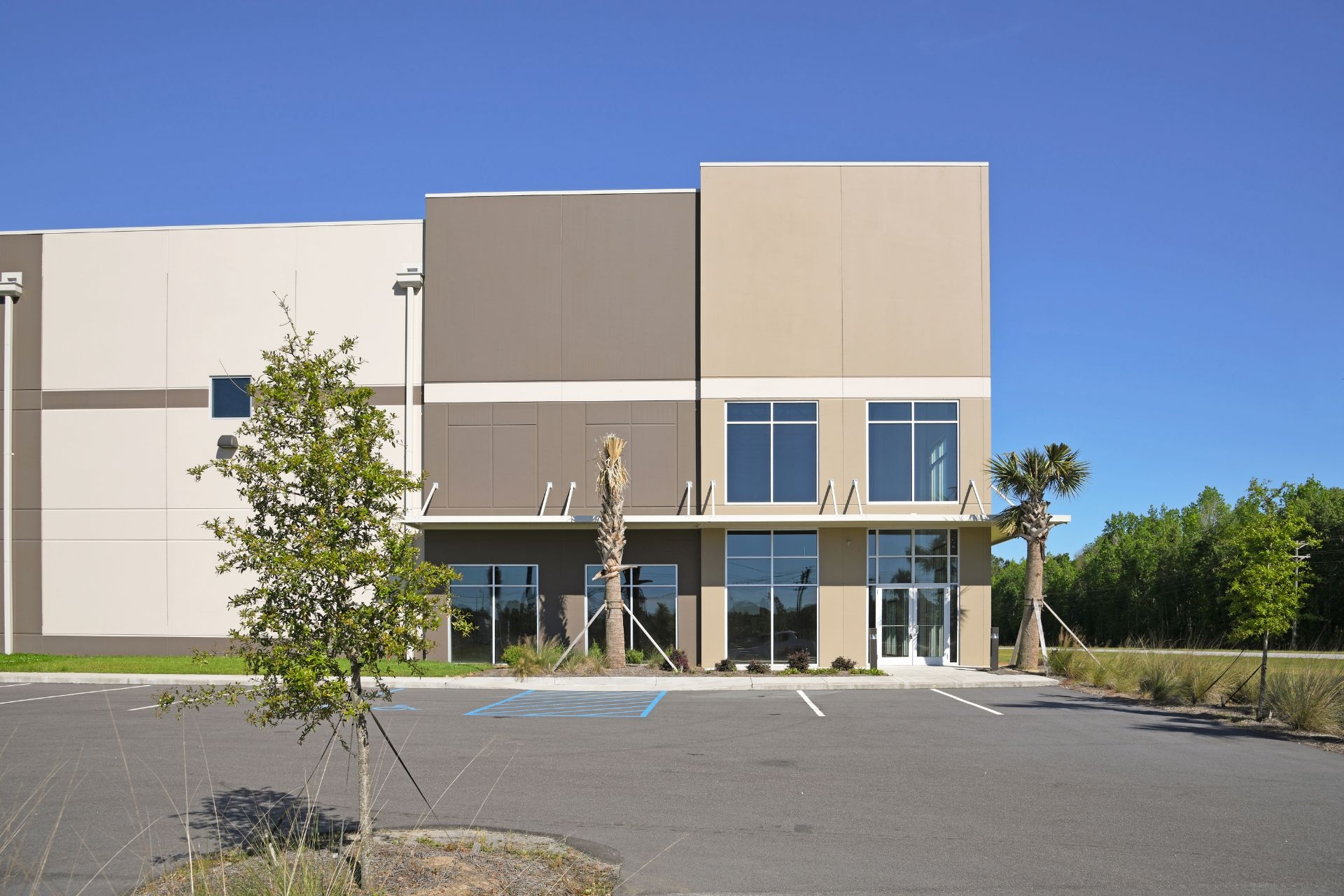

A compression algorithm is a mathematical technique used to reduce the size of data files without significantly affecting the quality of the information. In the context of video storage, a compression algorithm works by analyzing the video data and finding patterns or redundancies within the frames. It then uses various encoding methods to represent these patterns more efficiently, resulting in a smaller file size. When the video is played back, the compression algorithm reverses the encoding process to reconstruct the original video.
There are two main types of compression algorithms used for video storage: lossless compression and lossy compression. Lossless compression algorithms aim to reduce the file size without any loss of quality. They achieve this by finding and eliminating redundancies in the video data. Lossy compression algorithms, on the other hand, sacrifice some quality in order to achieve higher levels of compression. They achieve this by discarding certain information that is deemed less important or less noticeable to the human eye.
Cloudflare has announced the development of Firewall for AI, a protection layer that can be deployed in front of large language models (LLMs) that promises to identify abuses before they reach the models.Unveiled March 4, Firewall for AI is intended to be an advanced web application firewall (WAF) for applications that use LLMs, comprising a set of tools that can be deployed in front of applications to detect vulnerabilities and provide visibility into the threats to models.To read this article in full, please click here
Posted by on 2024-03-05
Are you a cloud architect, engineer, or neither? The question will get you more blank stares than good explanations due to the confusion around two roles that perform separate but equally important duties.I’ve held both roles. I was a software engineer early in my career, then morphed into an architect, then an executive architect. The trouble is that we tend to conflate both roles these days. The lines between engineering and architecture have blurred. We’re obtaining engineering certifications that say “architect” and architecture certifications that say “engineer.” The former is the most common, leading to considerable confusion.First, I don’t care if you mislabel something, but I will correct you if you do. The confusion I’m seeing is leading to hiring mistakes and misunderstanding of what skills to apply where.To read this article in full, please click here
Posted by on 2024-03-05
Folks, we have an open source problem. And, no, it’s not the problem some think. You’ll hear people rail against corporations that falsely describe their code as open source. Sometimes they’re correct. You’ll hear others bemoan the influx of venture-backed companies that dilute the meaning of open source to fuel corporate gains. Sometimes they’re correct.But the problem isn’t the companies. At least, that’s not the primary problem. Businesses piggybacking on open source branding in pursuit of commercial gains is nothing new. The difference is that, over the past few years, free and open source software has lost its way, leaving developers (and businesses) just one option: permissive, Apache-style licensing. The first kind of open source licensing was, as its sometimes prickly and pedantic adherents insist, not “open source” at all, but rather copyleft, free software licensing like the GPL. (“We want people to know we stand for freedom, so we do not accept being mislabeled as open source supporters,” said Richard Stallman.)To read this article in full, please click here
Posted by on 2024-03-04
The lawsuit could hold far reaching implications for Microsoft’s use of GPT-4 and other upcoming models in its products.
Posted by on 2024-03-01
NoSQL document-oriented database provider Couchbase on Thursday said that it was working to add support for vector capabilities to its database offerings, including its Capella managed database-as-a-service (DBaaS).The vector capabilities will include similarity search and retrieval-augmented generation (RAG), the company said, adding that the addition of these capabilities will also enhance the performance of the database as all search patterns can be supported within a single index to lower response latency.To read this article in full, please click here
Posted by on 2024-03-01
Lossless compression algorithms and lossy compression algorithms differ in their approach to video storage. Lossless compression algorithms aim to preserve all the original data and quality of the video, resulting in a smaller file size without any loss of information. Lossy compression algorithms, on the other hand, sacrifice some quality in order to achieve higher levels of compression. This means that when using lossy compression, there will be some loss of detail or clarity in the video.

The advantages of using lossless compression algorithms for video storage include preserving the original quality of the video, ensuring that no information is lost during compression. This is particularly important for videos that require high levels of detail or accuracy, such as medical imaging or scientific research. However, the main disadvantage of lossless compression is that it typically results in larger file sizes compared to lossy compression. This can be a limitation when it comes to storing or transmitting videos, as it requires more storage space or bandwidth.
Video codecs and compression algorithms work together to optimize video storage. A video codec is a software or hardware that encodes and decodes video data. It uses compression algorithms to reduce the file size of the video during encoding and then decompresses it during playback. The compression algorithm determines how the video data is encoded and how much compression is applied. The video codec then implements these compression algorithms to achieve the desired level of compression while maintaining acceptable video quality.

Some popular compression algorithms used in video storage today include H.264 (also known as AVC), H.265 (also known as HEVC), and VP9. H.264 is widely used and provides a good balance between compression efficiency and video quality. H.265 is a newer compression algorithm that offers even higher levels of compression, but requires more processing power to encode and decode. VP9 is an open-source compression algorithm developed by Google, which is commonly used for streaming videos on platforms like YouTube.
Compression algorithms have a significant impact on the quality and file size of videos in storage. Lossless compression algorithms preserve the original quality of the video but result in larger file sizes. Lossy compression algorithms sacrifice some quality to achieve higher levels of compression, resulting in smaller file sizes but with some loss of detail or clarity. The choice of compression algorithm depends on the specific requirements of the video storage application, balancing the need for quality and file size. It is important to find the right balance to ensure that the video is stored efficiently without compromising its intended purpose or viewing experience.
